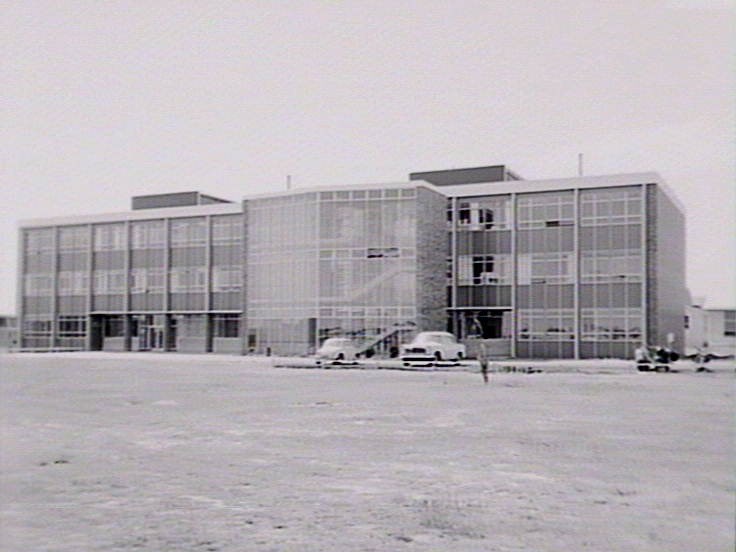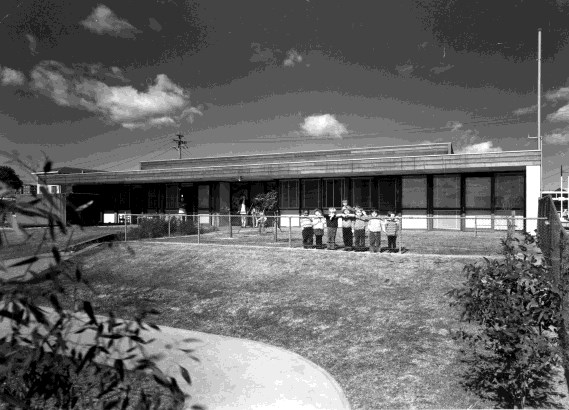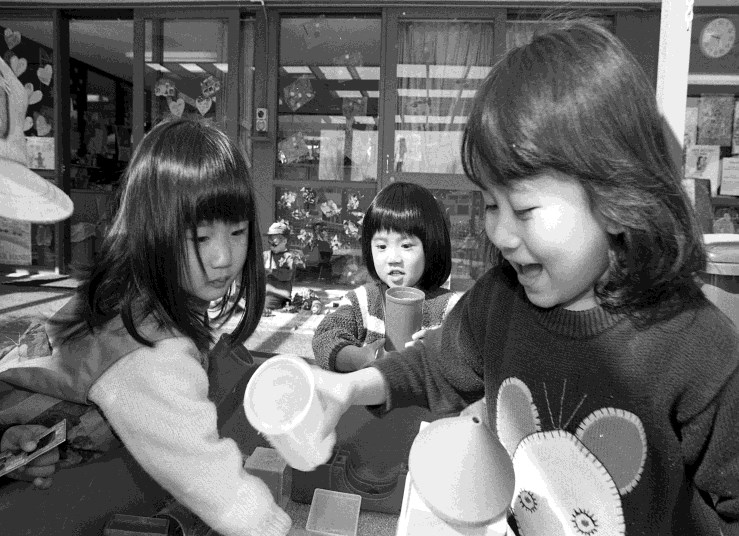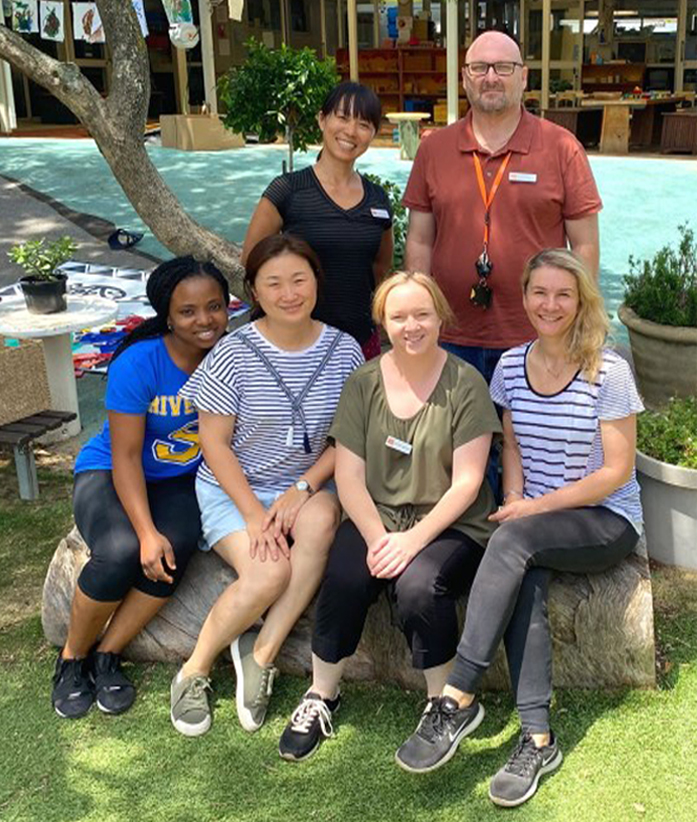Beginnings of SDN House at Pooh Corner Kensington at UNSW
I am passionate about making a difference to children and families through giving them access to quality education and care. I wanted to use my experience and knowledge where they can do the most good, and SDN was my first choice because SDN is a community-based provider with a lot of history and a lot of support.”- Gerard Moon, Centre Director at SDN House at Pooh Corner UNSW
SDN Children’s Services begins in 1905
In 1905 a determined group of women from Sydney’s upper classes who understood ‘the difficulties that beset the paths of working mothers’ founded the Sydney Day Nursery Association (now SDN Children’s
Services). The Association aimed to improve the welfare of children whose mothers were facing poverty and had to work to provide for their family. Infant mortality was high and the Kindergarten Union was only able to provide day care services for a few hours a day.
With no other option, these young children were often left to fend for themselves among the streets of working class Sydney.
In response, the Association opened its first Day Nursery in a terrace house in Dowling Street, Woolloomooloo in 1905, the first long day care centre in NSW. For just three pence a day, babies and children were bathed, fed, clothed and cared for from 7.00am to 6.30pm.
Due to overwhelming demand, the Association opened Day Nurseries in other locations in the inner city soon after. These were all areas of need in Sydney with large working populations.
History of UNSW
The University of NSW (UNSW) began operations in 1949 at its Kensington campus in Sydney’s eastern suburbs, the home of the traditional owners of the area, the Cadigal people. UNSW has its roots in the Sydney Mechanics Institute (1843) and the Sydney Technical College (1878). Initially named
the New South Wales University of Technology, the institution took its inspiration from the Massachusetts
Institute of Technology and the Berlin University of Technology. Its goal was the improvement of
the nation’s material wellbeing through excellence in science and technology.
While UNSW’s initial focus was on science and technology, today it offers courses in Arts, Fine Arts, the Built Environment, Commerce, Law, Life Sciences, Medicine and Management. The University has had a long engagement with the Asia-Pacific region and draws its diverse student body from around 120 countries.

Above: UNSW at Kensington, 1961. Courtesy State Archives and Records Authority of NSW
House at Pooh Corner
The House at Pooh Corner (THPC) was the first early childhood centre established at UNSW by the Student Guild in 1969. What began simply as a child-minding service run on a roster basis by student parents soon became a bigger proposition. The Student Guild realised that a lack of suitable and affordable childcare caused significant barriers for carers (especially women) participating in higher education, and that they
should take the initiative to expand the service. UNSW donated an old gymnasium on campus for the
proposed childcare centre, but it became necessary to build a new building on the site. As there was
no local precedent for a university building a childcare centre, the first two stages of the project were
plagued by local government and childcare regulations. Financial constraints also took their toll. THPC finally opened with exemplary facilities on 21 July 1969, with six full-time, fully trained staff looking after 35 children, much to the relief of parents and Guild members. The centre catered for the children of students first, then staff, and then non-university people. The third and final stage of the building was completed in 1971. THPC was run on a non-profit basis. In the mid-1970s they allowed cash-strapped student parents and carers to assist with the daily cleaning of the centre in return for reduced fees. The waiting list continued to grow, which was testament to the high-quality service being offered. The demand
for onsite childcare became so great that the Student Guild arranged for a childcare centre in nearby Coogee to take some of the children on THPC’s waiting list.

Above: House at Pooh Corner - exterior of building with children at fence 1970. Courtesy UNSW
“The District Inspector of the Education Dept has rated the educational programme of the kindergarten as “A” class.” - Ed Quay, Board of Management and President, THPC, Tharunka, 5 April 1972.

Above: Girls having fun at House of Pooh Corner, 1998. Courtesy UNSW.
The SDN Era
In May 2020, UNSW announced it would be closing Kanga’s House at the end of 2020 and calling for
tenders to operate the remaining three centres. SDN successfully tendered, and following an
extensive transition process, began management of Tigger’s Honeypot, THPC and Owl’s House on behalf of
UNSW in January 2021. Like UNSW Early Learning Centres, SDN’s qualified team facilitates innovative, child-centered and child-led learning programs in a safe, healthy and stimulating context. These centres help all children to develop a lifelong love of learning through activities and teaching approaches that nurture caring hearts, healthy bodies and curious minds. The House at Pooh Corner remains on UNSW’s
Kensington Campus overlooking the Village Green. A perfect green space to explore and grow.
“The philosophy of SDN is very similar to that of UNSW in that they are very child and family centred, the educators seem to identify with the Village concept and they have existed as their own small village of professionals in the past. This ideal seems to be continuing now” - Gerard Moon, Centre Director at SDN House at Pooh Corner UNSW, January 2021.

Above: SDN House at Pooh Corner staff taken on the first week of operation under SDN management in January 2021

